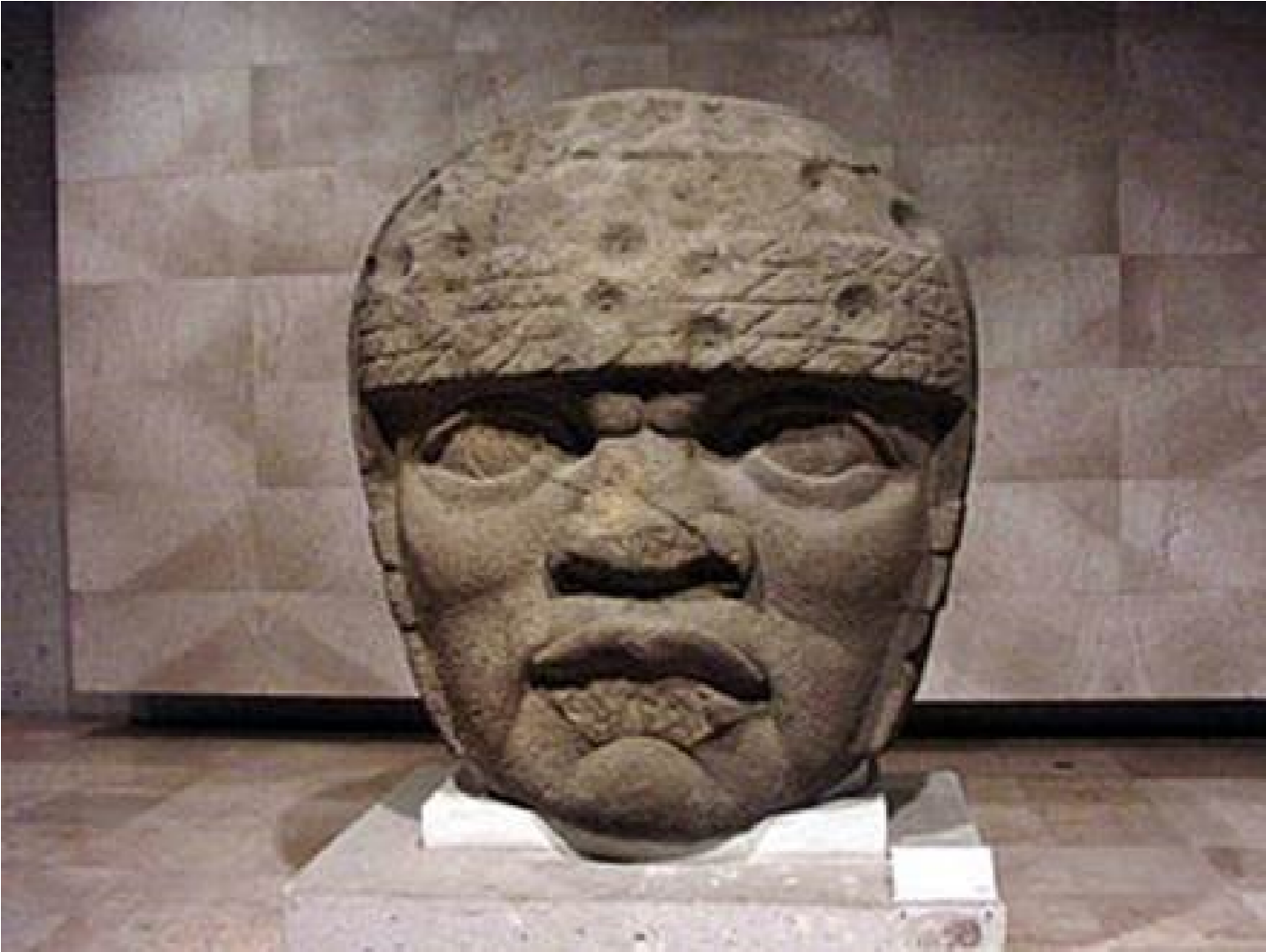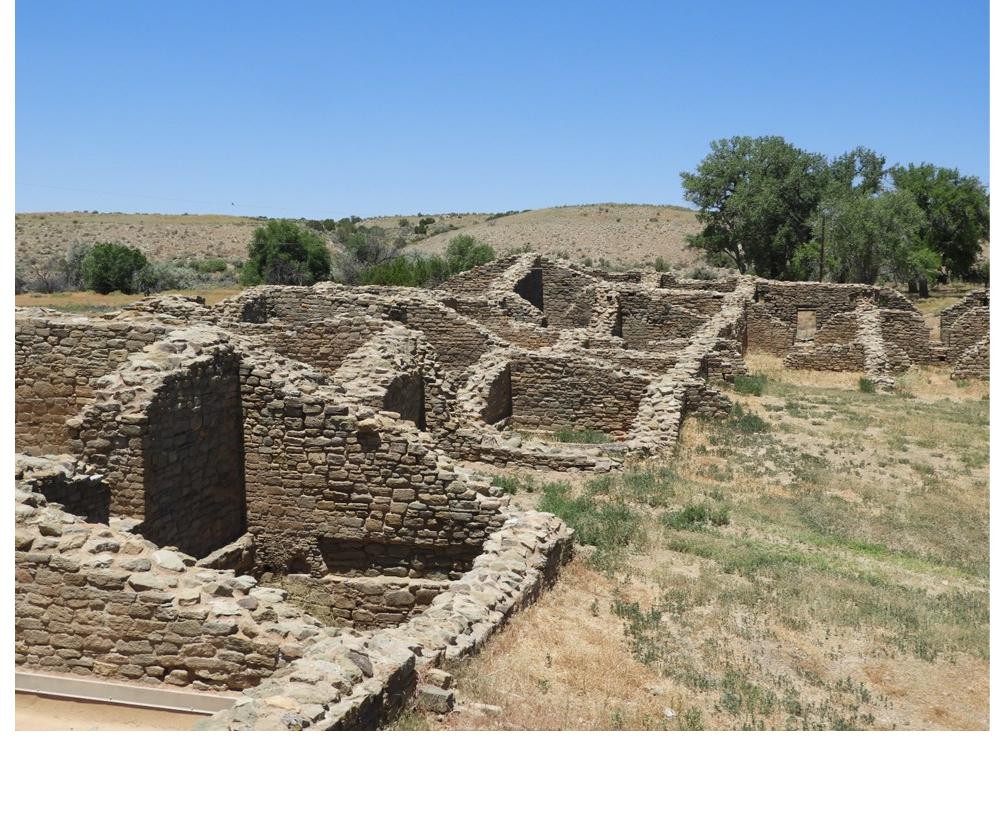By Kirby Vickery from the September 2018 Edition
The Mexican people, and all their friends, will again celebrate their Independence Day on the 16th of September. No Johnny, it’s really not on the 5th of May. But, you can celebrate it then too, if you like. For that matter, in Mexico, you can celebrate most anything any time you want, usually starting as the sun sets.
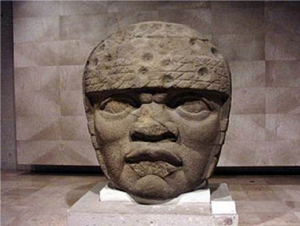
Of the world’s people, they are known for gaiety and the love for loud and brassy music to go with their celebration. Where did all this uniquely jovial manner of expressing their heartfelt gusto for life and fun come from?
Cinco de Mayo, by the way, came about because Mexico had gotten themselves in a financial hole with France. Napoleon III had sent his army to overtake the country and align it with the Confederacy. He wanted to support the Confederacy in the United States civil war and, it was rumored, to also reintroduce slavery into Mexico when the South won.
Like most histories, what you and I get to read was written by the winner in any conflict, and most histories are all about conflicts of one sort or another. So:
Benito Juarez was the president in 1861. Mexico had defaulted on loans made from various countries in Europe. Spain, France and England had all sent troops to Veracruz for demands of payment. Juarez’s army went out and dealt with them and Spain and England retired. France, on the other hand, didn’t, and marched inland to a little town named Puebla. The Battle of Puebla was fought on May 5, 1862, under the leadership of General Ignacio Zaragoza. Vastly outnumbered and outgunned when it all hit the fan, he was able to turn the French back.
The Mexican peoples in America (especially California because it was a new state) didn’t hear about the triumph until the 27th but celebrated anyway. Although the French reattacked, and won a year later, that never changed the fact that France would never be able to help sway the USA to slavery in the New World which was the major concern of everyone else involved. History now shows that the celebration of Cinco de Mayo is slowly spreading in Mexico and it is still observed, and partied to, by more and more Americans. Yipee!
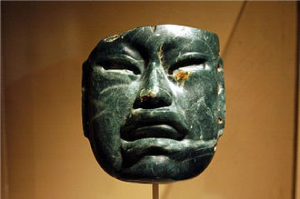
Today, the existing Mexican combined culture is a salad bowl of recent exposures to Spanish, which would include hints of the Moor, central Mediterranean, the French, and the German cultures. To look at it as a cake mix, this would be poured over a multi-century base existence of what is known today as a Mesoamerican settlement and resettlement going back some eight thousand years before Christ.
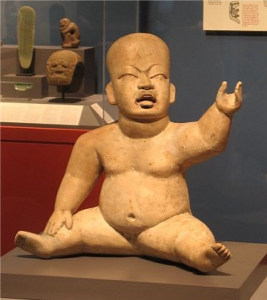
All the while I was writing about the Aztec Mythology, I was under the impression that the Olmec civilization was the oldest Mesoamerican culture to arise from the ‘hunter/gatherers’ coming over the land bridge to what is now Southern Mexico and Central America. In looking around for ‘lifestyle’ things, I discovered that there was an earlier culture that came into being about 2500 BCE and went away in around 2200 BCE, which is long before the Olmecs ever got started.
These people appeared and formed a culture along the Pacific coast of Mexico, just north of Jalisco. From what I understand, one of these groups survived on shell fish and water plants and left mounds of them along the waters edge. This seems to be the only reason we know of their existence. They were preceramic folks, today called the Matachin or Matachen, and consist of peoples named La Blanca, Ujuxte (although another source has that tribe in Guatemala), Monte Alto and Mokayo.
This interested me, primarily because they were a culture on the west, before anything got started on the east. What’s even more fascinating than that they are all classified as being around during the “Formative Period”, is that these peoples were the first to cultivate and use the cacao plant which we know as chocolate and other things not quite so popular (maybe). For you Flat-Earther types, this could be the tie into the slanted eyes all the carved, multi-ton, stone heads the Olmec people left laying around in the jungles. So, what part of China did they come from? Well, haven’t they found several Chinese junk boat anchors up and down the west coast of the
Americas? Hmmm.
I’m looking at this and thinking about the Olmecs, who appeared after these folks, but are touted as being the first civilization in the New World, when I note some cultures growing in South America during Period I in Columbia. The El Abra (the Archeological site) people were hunter-gathers but were writing on cave walls from 12,500 to 10,000 BCE. I’m thinking that our land bridge was an awful busy place, a lot earlier than what I was taught in school.
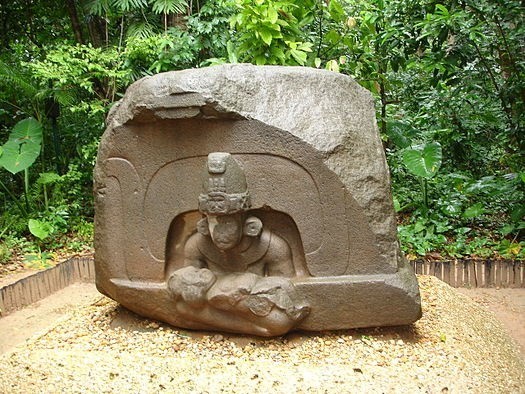
The sunburned people (archeologists) have broken time periods down to suit each other, but I find it confusing that they change time periods and eras around to suit the geographic location of where they are talking about. Just to give us a reference to cement all this period-era stuff, I can tell you that Stonehenge was built about 1400 BCE and they don’t know the ‘why’ about it either. It was the queen of Egypt. She was the influential wife to the Pharaoh Amenhotep.Back in North Central America and Southern Mexico, our hunter gathers have hit pay dirt. They found that they had settled in an area where they didn’t have to concern themselves all the time with just feeding their children. They have time to glance up and wonder about the stars and what caused all of this, as they knew it. As populations grew, specialization within community requirements started to occur. Some hunted, while others planted, and others rose to coordinate and further specialize in pottery, fabric (skins?), jewelry, etc. Also, within this society, an elite class grew. They were the controllers and directed production for trade, as well as art, religion for self preservation, and weaponry (a knife made from obsidian could bring a lot of masa or cocoa for that matter).
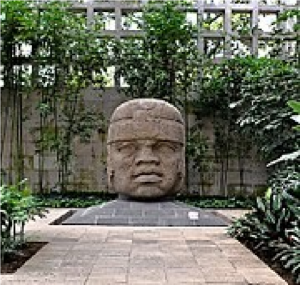
Man has always figured that there is reason for everything and these peoples started to come up with their own gods. The priests (class) told stories about which these gods created what to everyone sitting around the camp fire or on an Olmec pyramid. The first people to do this in our area (Southern Mexico, etc.) were the Olmecs.
The red-necked people (archeologists) are still wondering if the Olmec had a written language. Big controversy here. We do know they had outstanding mathematics and time-telling skills, along with a strong working knowledge of astronomy. The pattern of their calendars was still in use by the Aztec and other Nahua-speaking peoples long after the Olmec disappeared.
Family life would have been very dull compared with today’s styles. Social engagements would evolve around celebrations and holidays established by the priests in their endeavor to keep everyone in line and not question that what they said was “divine.”
The Olmecs were into blood letting and child sacrifice. Their calendar was built on a 360 solar-day year which left five days in which the entire society would hunker down and hope to make it through to the new year. Sorta like the Jewish Sabbath, only longer.
Food was built around the corn plant with gourds, and mostly tropical fruits, with everything flavored by the currently ubiquitous pepper plant and of course – cocoa. One of their tribes, today known as the Totonaca people, discovered the seed of the Vanilla plant (an Orchid). Because of the Spanish exporting all parts of this plant, its commercial epicenter has shifted to the island of Madagascar.
The social elite was the priest class as they were the time keepers. The whole idea of keeping the gods happy, which would keep man kind going, was the integrated religious trade-off.
Another reason for their success was their trade routes. Apparently, they were the first to establish treaties based on trade. As such, todays scientific community can find Olmec art, weaponry, and influence over much of Central America. They dealt in jewelry made of onyx and other objects made of jade. They were excellent craftsmen.
Scientists are not sure exactly why the great cities and monuments were abandoned. There is speculation that rivers changed their flow. Others feel cyclic droughts or other climate changes caused the Olmec downfall. The trade with the Maya and the Toltec was tenuous at times, but nothing to spark a four-to-five hundred steady abandonment of an entire civilization. And, there is another mystery. They have never found any skeletal remains of any Olmec people.
The Olmecs are known as the Jaguar people because of their love of the supreme animal predator in their jungles. This fact isn’t so surprising, as most primitive cultures chose some dominate animal to build into god-like status or at least to emulate. Look to almost every high school and college/university society in the western world, only today they call them mascots. (. . . and my Little League Baseball team in Oklahoma was named the Midwest City Mud Hens.)
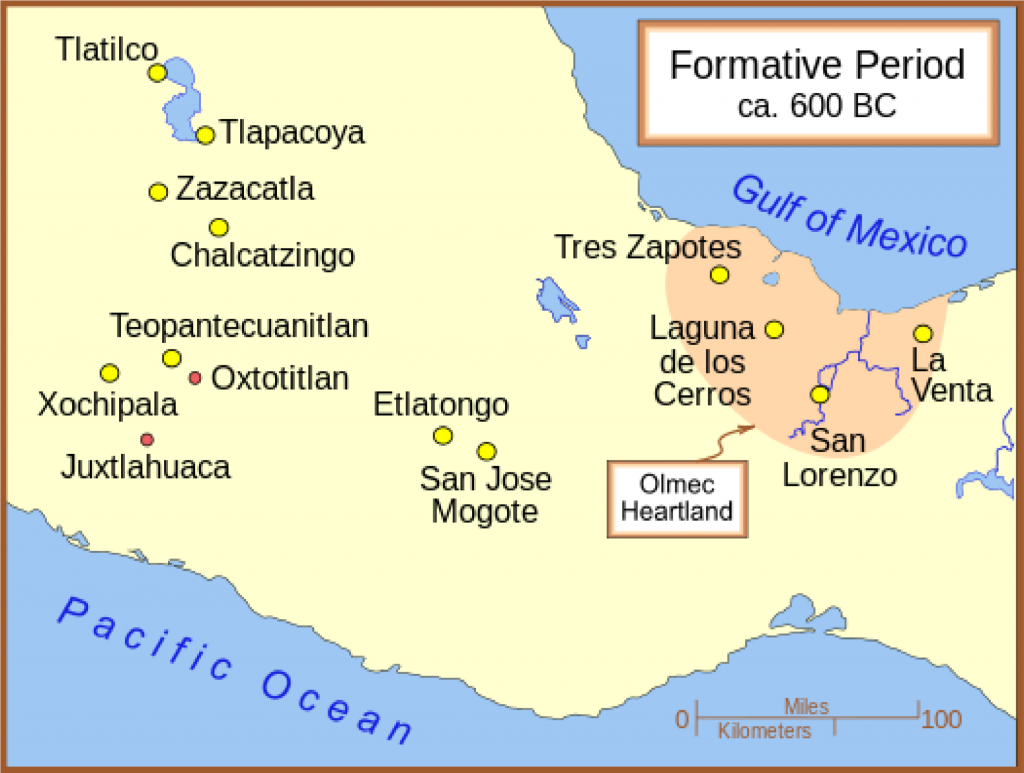
The average age of an Olmec would have been anywhere into their 40’s or 50’s. They weren’t as warlike as the Aztecs, preferring to establish and maintain their trade routes. But, they were the start of the super colossal temple building that went on until Columbus put a sudden stop to it, via Hernán Cortez, in 1519CE.
Download the full edition or view it online
—
Kirby was born in a little burg just south of El Paso, Texas called Fabens. As he understand it, they we were passing through. His history reads like a road atlas. By the time he started school, he had lived in five places in two states. By the time he started high school, that list went to five states, four countries on three continents. Then he joined the Air Force after high school and one year of college and spent 23 years stationed in eleven or twelve places and traveled all over the place doing administrative, security, and electronic things. His final stay was being in charge of Air Force Recruiting in San Diego, Imperial, and Yuma counties. Upon retirement he went back to New England as a Quality Assurance Manager in electronics manufacturing before he was moved to Production Manager for the company’s Mexico operations. He moved to the Phoenix area and finally got his education and ended up teaching. He parted with the university and moved to Whidbey Island, Washington where he was introduced to Manzanillo, Mexico. It was there that he started to publish his monthly article for the Manzanillo Sun. He currently reside in Coupeville, WA, Edmonton, AB, and Manzanillo, Colima, Mexico, depending on whose having what medical problems and the time of year. His time is spent dieting, writing his second book, various articles and short stories, and sightseeing Canada, although that seems to be limited in the winter up there.
